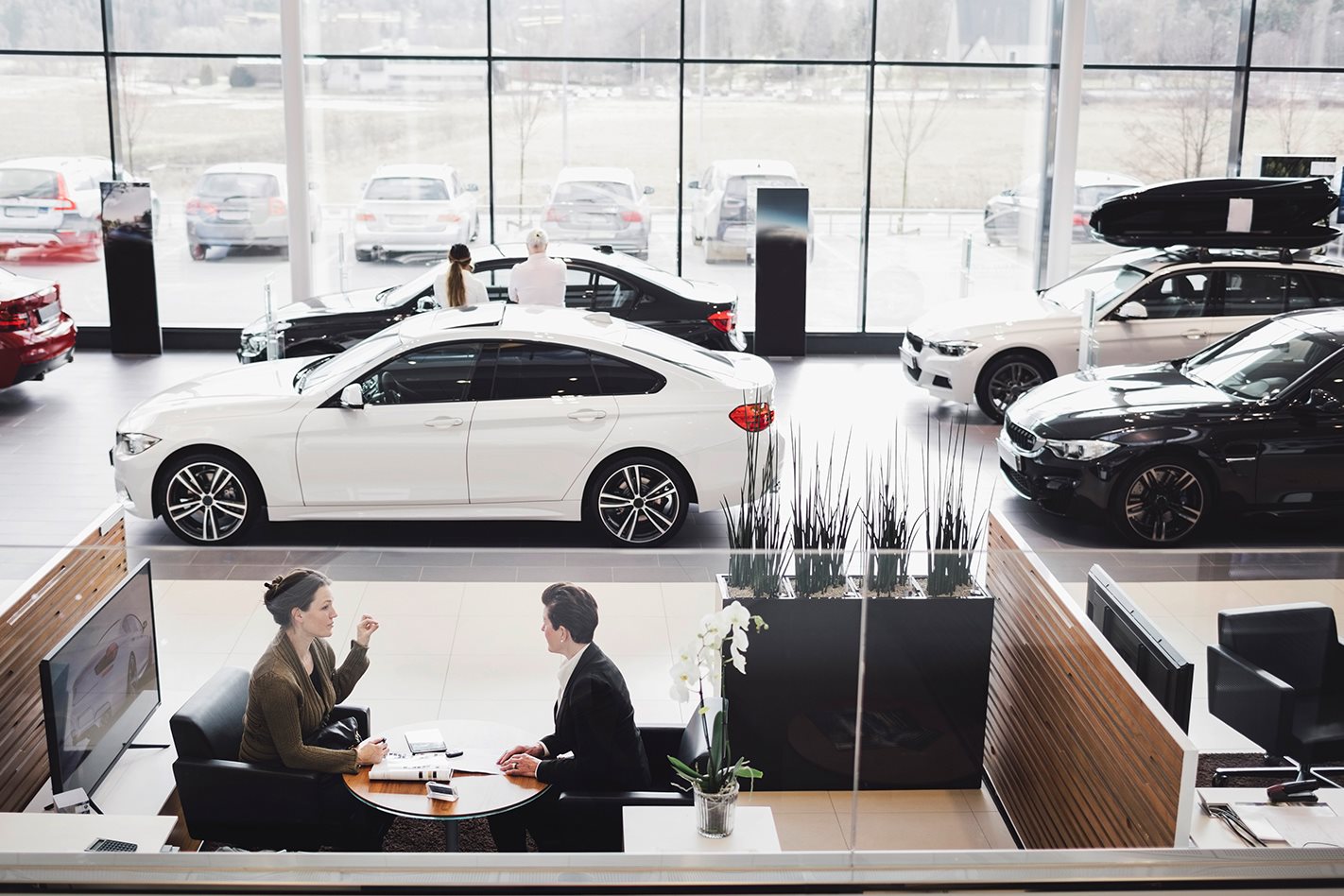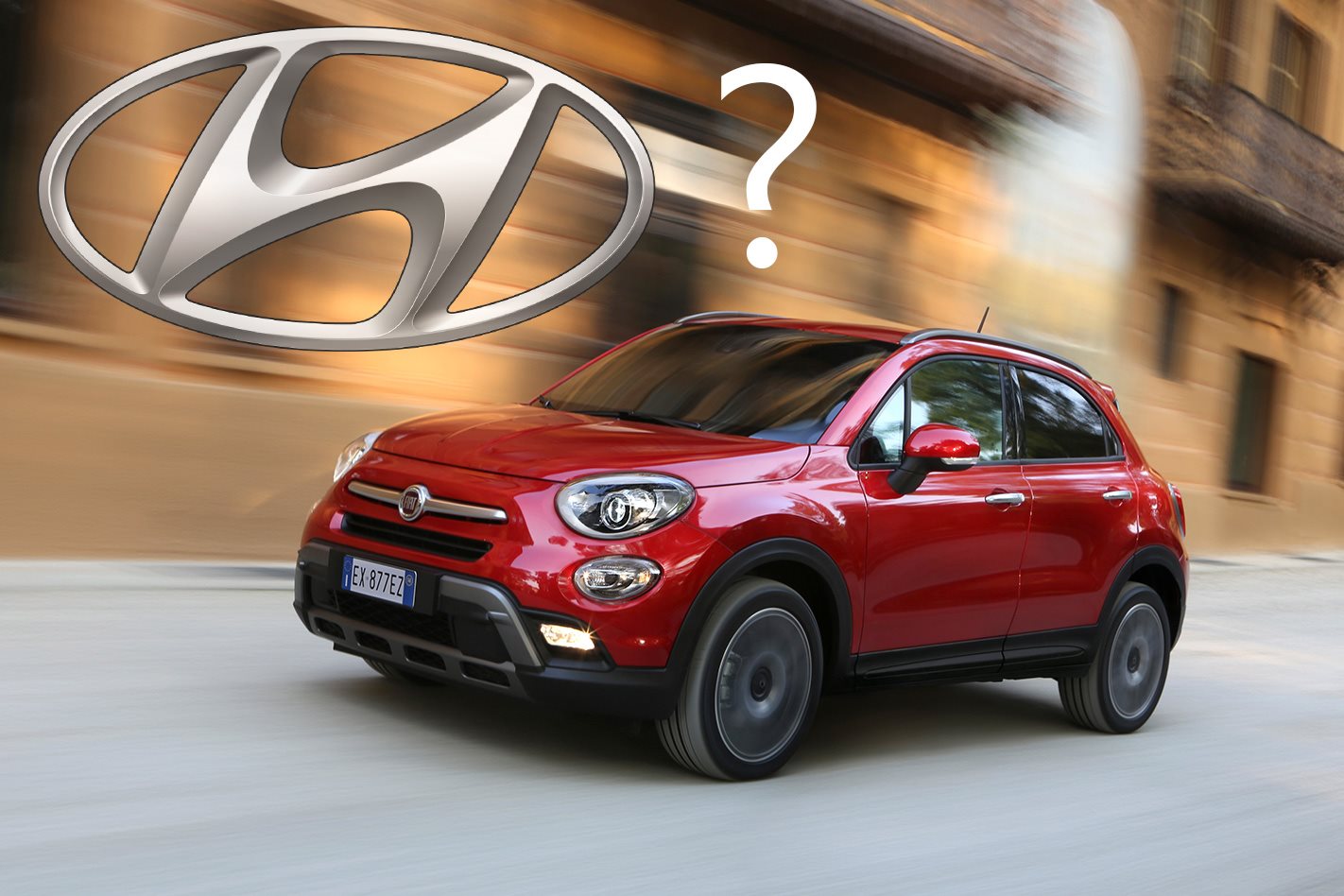AUSTRALIA’S almost 70-year run as a car manufacturer is over. At 10.45am today, Adelaide time, the last Holden Commodore rolled off the manufacturing line.
The occasion was marked in what Holden described as a private ceremony for employees, designed to “mark Holden’s proud manufacturing history and pay tribute to the generations of hard-working men and women who literally built the Holden legend”.
In all, Holden built more than 7.6 million vehicles over 69 years, starting with the 48-215 that launched to an Australian public instantly enamoured with the idea that we could produce a big, powerful and fuel-efficient family car here that was tough enough to handle everything our landscape could throw at it.
Holden, the world’s second-oldest transportation company, had almost made it to seven decades, but fell tantalisingly short after announcing three years ago – largely in response to intense government pressure – that it would follow in Ford’s footsteps and quit local manufacturing. The first Holden rolled off the line on November 27, 1948 in a sawtooth-roofed factory a few hundred metres away from where the national sales office now sits; the last one more than 1000 kilometres away on October 20, 2017.
“Today … is about paying tribute to the generations of men and women across Holden and our supply network who have given so much to our company,” managing director Mark Bernhard said in a statement. “Holden is the icon it is today only because of these passionate people. On behalf of everyone at Holden, I thank you for your service from the bottom of my heart.”
Holden executive director of manufacturing Richard Phillips said it was an honour to have worked alongside the team at Elizabeth, the site where Holden consolidated its manufacturing in 1978 with the launch of the VB Commodore.
“In the final years of production, we have been building categorically the best-quality cars to ever roll out of this plant, and our last car was our best,” he said.
“Together we achieved a string of productivity and quality awards in recent times, doing so during the closure period is testament to the skills, professionalism and dedication of the team.”
Holden’s Commodore will live on beyond today, but as a German-built front- or all-wheel-drive import sourced from a French-owned conglomerate. It mirrors the early history of the Commodore, which was itself a more hardened version of the German-designed and built Opel Rekord – the vehicle that inspired four generations of the large Aussie sedan, wagon, coupe and ute.
The loss of the Commodore’s front-engined, rear drive layout – particularly with a brawny V8 shoehorned in under the bonnet – has turned many long-time Holden fans off the brand. However, the full line importer (we can no longer call Holden a car maker) has promised it will introduce “a true V8, rear-drive sports car to Australia” as part of its showroom rationalisation.
Holden will still be a big employer after today. It will keep its national sales office in Melbourne, although at the moment it is housed in a building it no longer owns. Between it, a number of national zone offices, the Lang Lang proving ground that is helping GM improve its stable of rear-drive vehicles, and the Port Melbourne design studio and engineering division that rings with international voices, about 1000 workers will carry on the legacy of the brand.
Holden has a lot to be proud of – look overseas, and there are plenty of Aussie accents housed in GM’s global research and development centres globally. An Aussie, Mike Simcoe, holds one of the highest-regarded automotive posts globally as chief of GM design.
But the decision to quit Australia – when you add Ford, which closed this month last year and Toyota, which shuttered the first ever factory it established outside of Japan earlier this month, to the scale of its impact – will take its toll on the wider economy.
Holden has promised it will tap its parent company, General Motors, for “leadership in electric vehicles and autonomous driving technology”, and will continue to tune and test vehicles for Australian tastes and conditions – one of the driving forces behind GM’s decision to retain the Lang Lang proving ground.
The last four car built today will join Holden’s heritage collection that will one day be housed on part of the site where they were built. The last off the line was a Red Hot SS V Redline V8 manual, the last of 7,687,675 built. Before it came the last of the other body shapes: a metallic silver Switchblade Caprice V V8 automatic (the last of 7,687,672 built); a grey Son of a Gun Calais V V6 automatic wagon (the last of 7,687,673 built and the only one here to feature an Aussie-cast and assembled engine); and an orange Light My Fire SS Ute V8 automatic ute.
Holden’s advertising campaign for the original VB Commodore used the catchline “This is it”. Sadly now, for Australian manufacturing, that was that.





